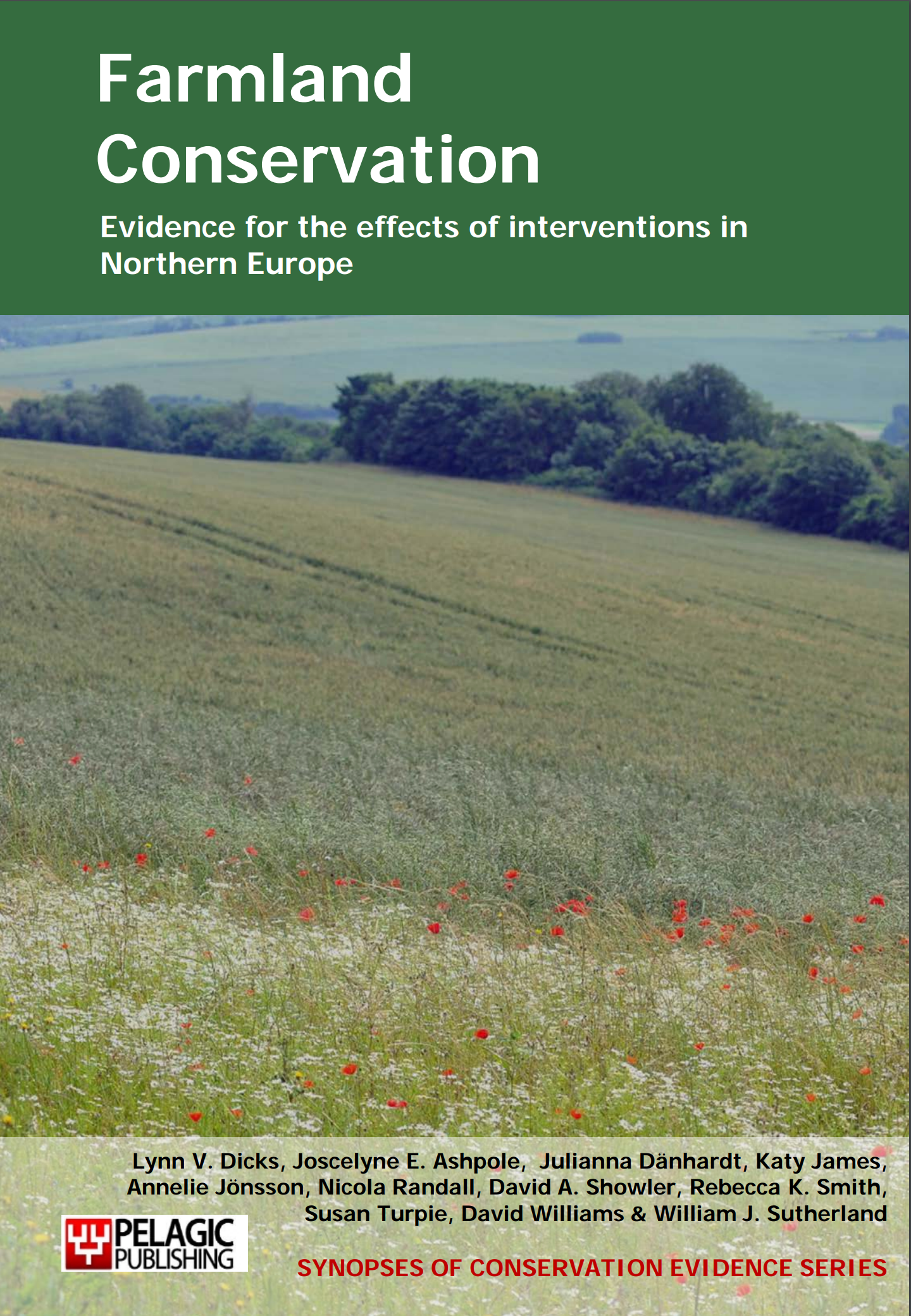Maintain wood pasture and parkland
-
Overall effectiveness category Unknown effectiveness (limited evidence)
-
Number of studies: 1
View assessment score
Hide assessment score
How is the evidence assessed?
-
Effectiveness
40% -
Certainty
10% -
Harms
not assessed
Study locations
Supporting evidence from individual studies
A long-term randomized, replicated, controlled trial from 1972 to 1986 on a traditionally managed wood meadow in Sweden (Hansson & Fogelfors 2000) found that mowing or grazing were needed to preserve the characteristic flora, with annual mowing maintaining the greatest number of plant species. Seven management regimes were compared, including mowing, grazing, burning, removing woody vegetation and abandonment, with two replicates for each treatment. The number of plant species increased significantly on plots mown every year, and remained stable on grazed plots. Reducing the frequency of mowing to every third year did not significantly reduce species richness. Periodic mowing may therefore be a way to preserve wood meadow flora when management resources are limited. Other treatments reduced species richness over time and plots became either dominated by trees (under abandonment) or dominated by a few tall herbs and/or grasses. Treatments were applied in 5 x 20 m plots from 1972 to 1986 with two replicates. Percentage cover of plant species was assessed in five or six 1 m2 subplots/plot in 1972, 1980 and 1986.
Study and other actions tested
Where has this evidence come from?
List of journals searched by synopsis
All the journals searched for all synopses
This Action forms part of the Action Synopsis:
Farmland Conservation
Farmland Conservation - Published 2013
Farmland Synopsis





)_2023.JPG)














